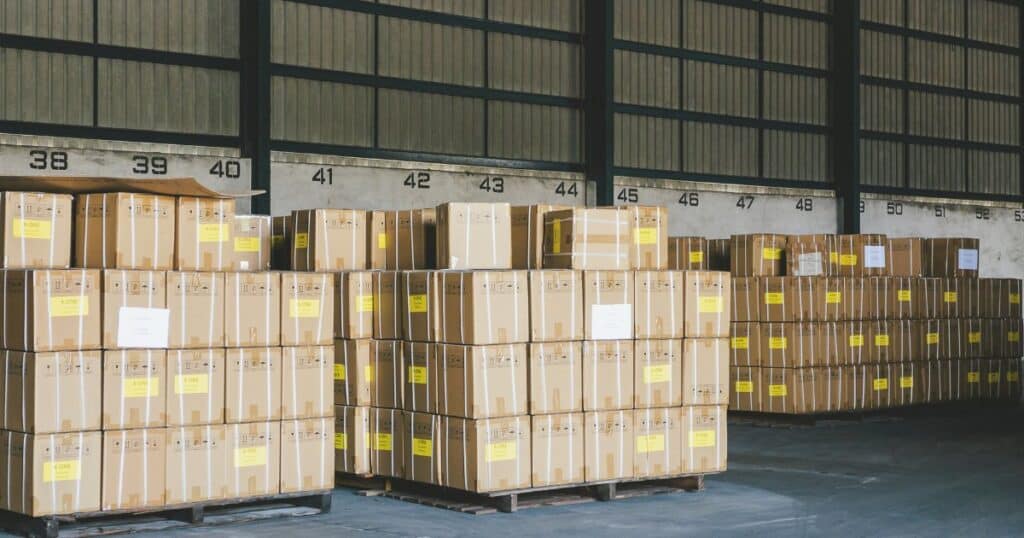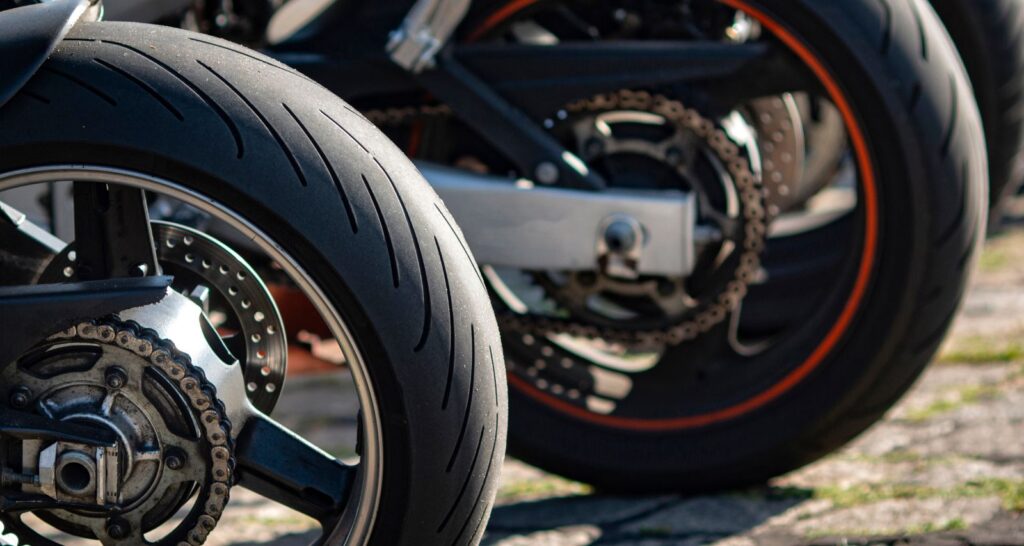You don’t feel a tariff when it’s signed into law—you feel it when the shipping invoice suddenly bites back. For those in the motorcycle shipping world, that bite can be brutal. One week, you’re quoting customers at break-even rates. The next, your profit vanishes in a fog of newly minted taxes and fees.
But here’s the thing: motorcycles are built to handle curves. So is your business—if you treat rising tariffs not as roadblocks but as switchbacks you can lean into. With the right maneuvering, what looks like a trade storm can actually be your opportunity to pull ahead.
Why Tariffs Can Throw Your Motorcycle Shipping Into a Tailspin
Tariffs aren’t just abstract numbers—they’re real costs that show up on your balance sheet. When international governments impose or adjust tariffs on vehicles or parts, motorcycle shipping costs can spike unexpectedly.
Whether you’re shipping new bikes for a dealership or helping a rider relocate across borders, these extra fees can drastically affect your pricing, delivery timelines, and customer satisfaction. It’s not just about crossing borders anymore—it’s about crossing them smartly.
Assess Your Current Shipping Strategy
Begin by examining how your motorcycle shipments flow:
- Which lanes have suddenly become costly?
- Are there routes vulnerable to more tariff hikes?
- Is your logistics chain too dependent on one origin country?
Build a quick overview like this:
| Route | Tariff Risk | Carrier Options | Lead Time | Cost Volatility |
|---|---|---|---|---|
| China to USA | High | Limited | 30 days | High |
| Canada to USA | Low | Flexible | 10 days | Low |
| EU to West Coast | Medium | Strong | 25 days | Medium |
This snapshot gives you a handle on where the pressure points are—and where you might need to rethink your ride.
Cost Management Tactics for Motorcycle Shippers

1. Diversify Your Freight Relationships
Avoid getting boxed in with one freight partner or region. Tap into shippers with proven motorcycle-handling experience across different regions. Southeast Asia, Eastern Europe, or Mexico could offer favorable trade climates depending on your routes.
2. Time Bulk Shipments Before Tariff Hikes
If you’re a dealership or exporter, timing is everything. If you know tariffs are set to rise, getting motorcycles across borders in bulk beforehand can lock in pre-tariff costs. Just balance this with storage availability and cash flow planning.
Think ahead—but don’t overcommit. Not all bikes move at the same pace.
3. Negotiate Like a Motorcycle Dealer at Closing Time
Don’t take your current freight and customs fees at face value. Many providers are just as impacted by tariff changes and may be open to renegotiation. Try to lock in longer-term rates, seek volume-based discounts, or ask for flexible payment terms.
4. Bundle and Simplify
Shipping, insurance, customs clearance—if you’re sourcing these separately, you’re probably overpaying. Bundled logistics packages tailored for motorcycle shipping can streamline your process and reduce hidden fees.
Tech That Keeps You in the Fast Lane
Gone are the days of managing logistics with spreadsheets and guesswork. Modern shipping tech can track global trade changes in real time—and alert you when a tariff impacts your routes or SKUs.
Look for tools that:
- Offer automated customs documentation
- Predict tariff impact on each route
- Track each VIN with real-time shipment status
The right tech can turn you from reactive to proactive. And in this business, speed is everything.
Compliance: Don’t Get Caught in the Red Tape
The motorcycle may be fast, but paperwork moves at its own pace. Rising tariffs usually mean tighter regulation. Work with brokers who specialize in vehicle transport—they can help reclassify parts and units legally, discover tax-exemption codes, or even recover overpaid duties.
In shipping, it’s not just what you know. It’s who knows the fine print for you.
Futureproofing: Ride Smarter, Not Just Harder
Tariff volatility is now part of the road. You won’t stop it—but you can build around it. Consider:
- Shifting more shipping volume to low-risk countries
- Exploring regional warehousing near major ports
- Building forecasting models that include “what if” tariff spikes
And don’t forget the human factor: train your staff to monitor trade news and pivot quickly.
Not Your Average Finish Line
This isn’t the part where we say, “Stay flexible and you’ll be fine.” Because you’re not just trying to survive the next policy change—you’re tuning your operation like a high-performance machine.
Tariffs aren’t going away. But if you treat each one as a curve to lean into—not a wall to brake for—you’ll find your advantage where others stall. No clichés, no coasting. Just smart strategy, tighter turns, and the throttle in your control.
The future of motorcycle shipping doesn’t belong to the biggest hauler. It belongs to the sharpest rider.



